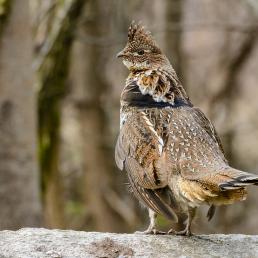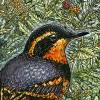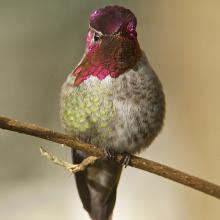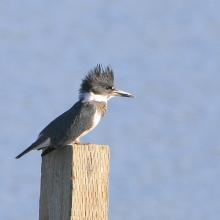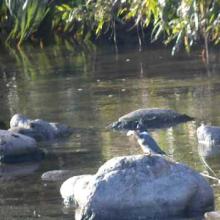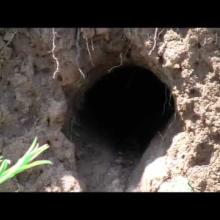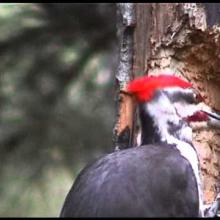

Join BirdNote tomorrow, November 30th!
Illustrator David Sibley and actor H. Jon Benjamin will face off in the bird illustration battle of the century during BirdNote's Year-end Celebration and Auction!
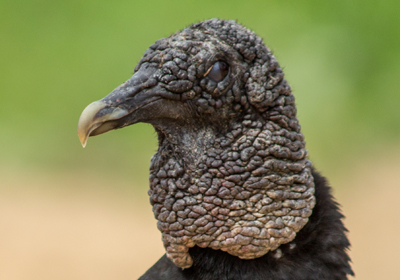
They're there and then they're gone —
literally in the blink of an eye!
The nictitating membrane is a “third eyelid” that extends from the inner corner of the eye to the outer corner. You may see it when a bird (like this Black Vulture) – or certain other creature – blinks. Thinner and more transparent than the fleshier upper and lower eyelids we’re all familiar with, the nictitating membrane allows some degree of visibility while simultaneously protecting the eye. The bills (and therefore the heads) of birds are vulnerable during foraging, flight, excavating, and diving, while feeding young, and gathering material for nests, etc., so extra eye protection is quite valuable.
The nictitating membrane is widespread in nearly all the vertebrates, including fish, amphibians, reptiles (which include birds), and mammals. In humans and other primates, they exist only as a vestigial structure.
We don't see them often, but these photographs catch nature’s goggles in action. (Be forewarned: they tend to give the birds a bit of a demonic look!)
The nictitating membrane is visible on this American Crow —
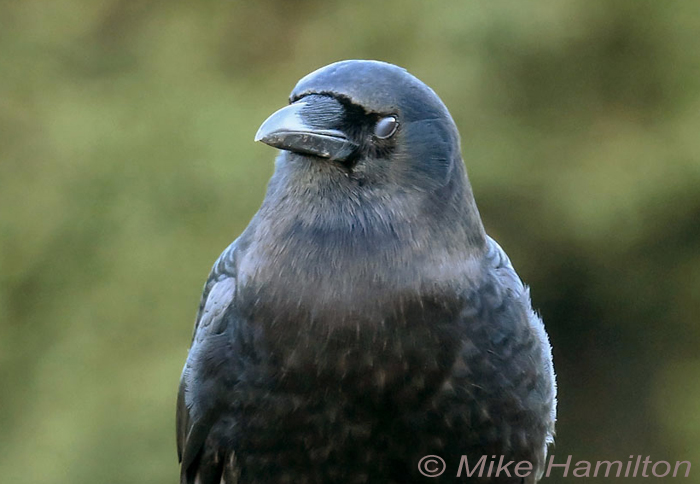
— and this Anna's Hummingbird
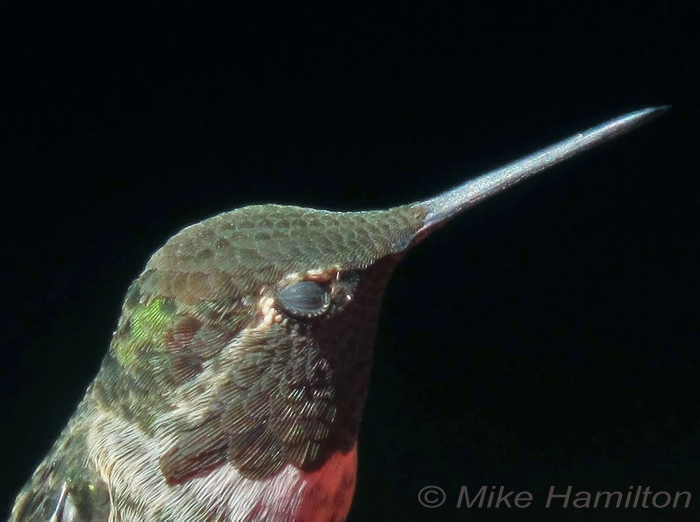
And also on this Hairy Woodpecker (as observed by a Dark-eyed Junco!)
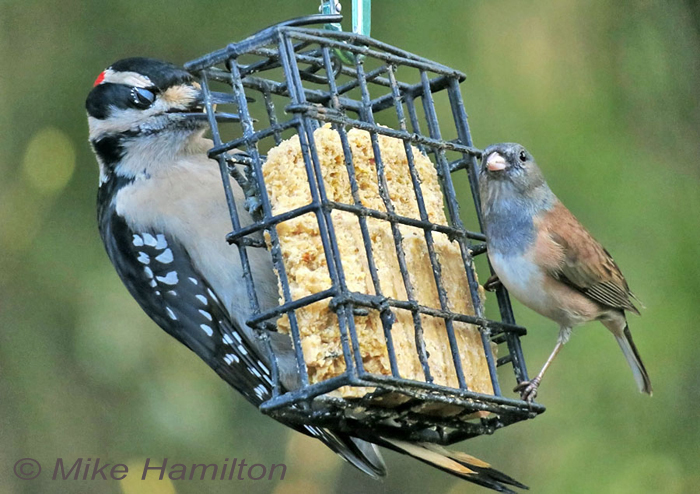
Here, you can see the membrane on a female Downy Woodpecker.
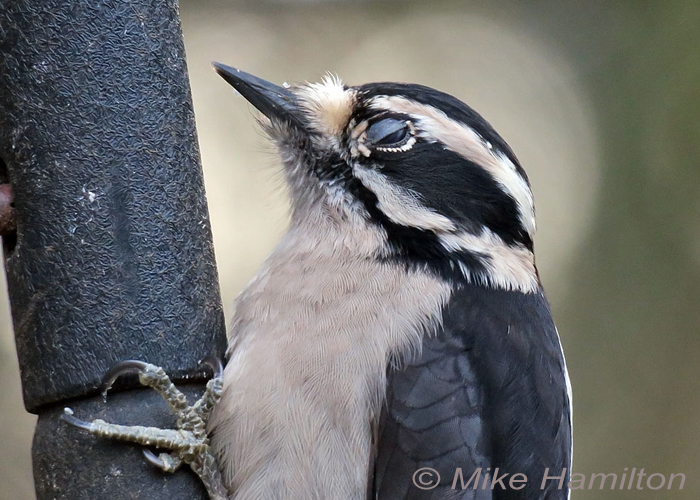
Scratching holds its own dangers for this Bald Eagle...
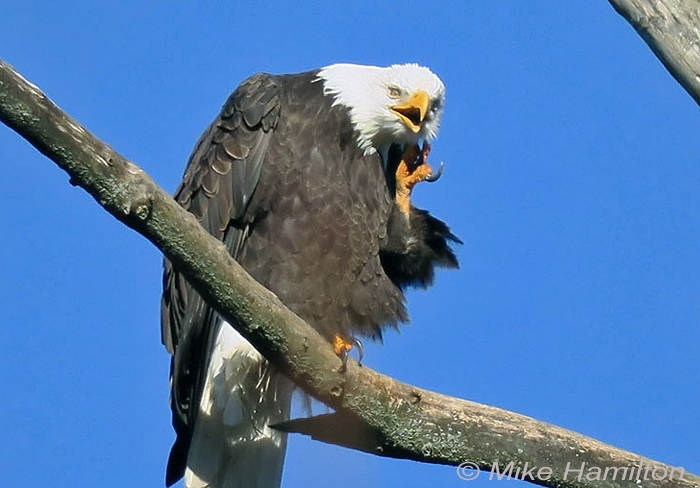
On a young Common Raven, now you see it...
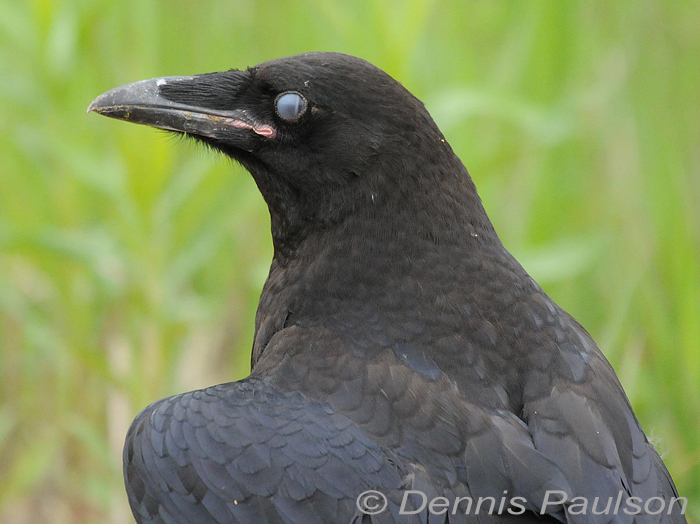
...and now, you don't!
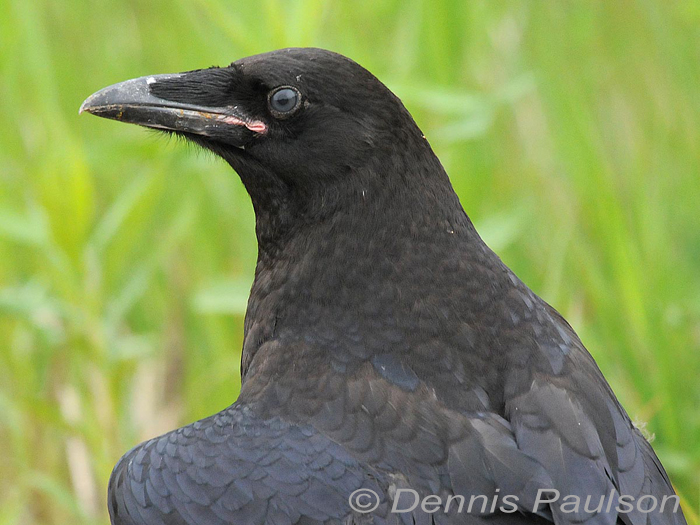
Juicy fruits hold their own perils...
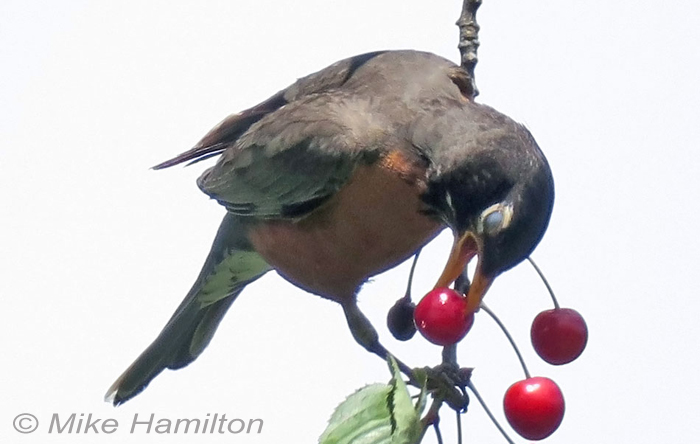
A Great Blue Heron preens, eyes protected...
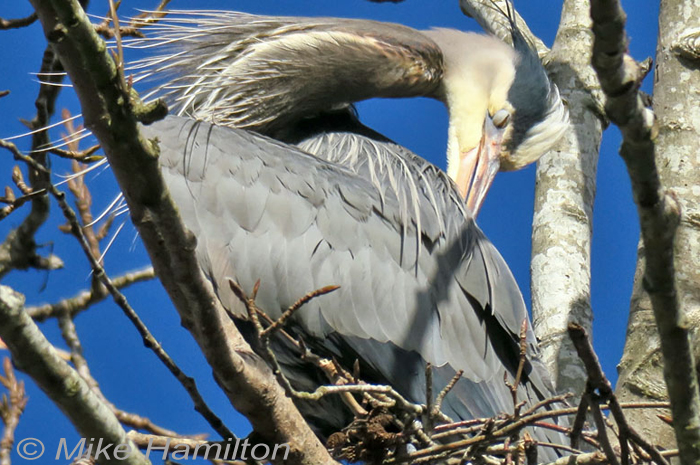
The membrane protects this Pileated Woodpecker's eyes as it eats
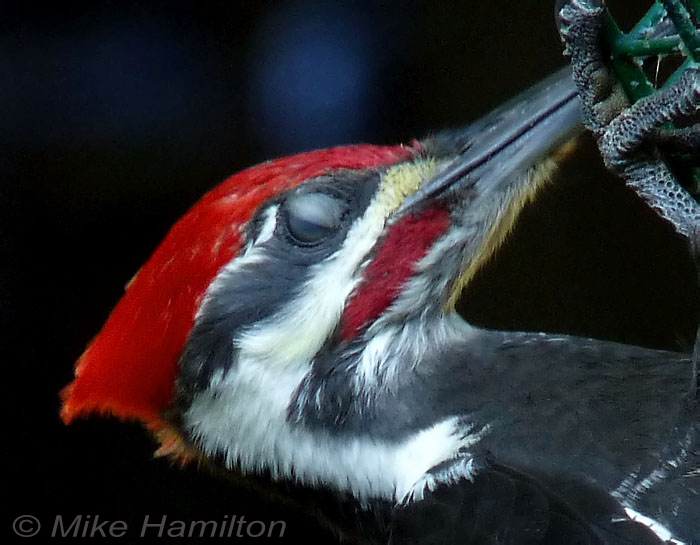
...and as it chisels a nesting cavity —
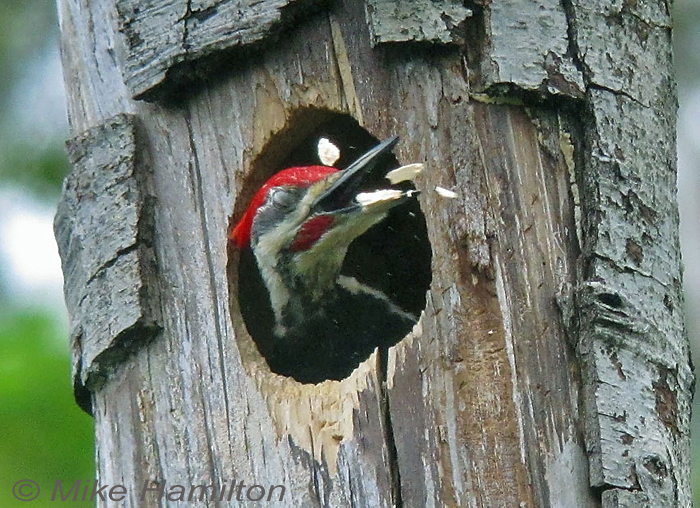
And Gregg Thompson brings us this Belted Kingfisher protecting its eyes while getting a wriggling tidepool sculpin under control:
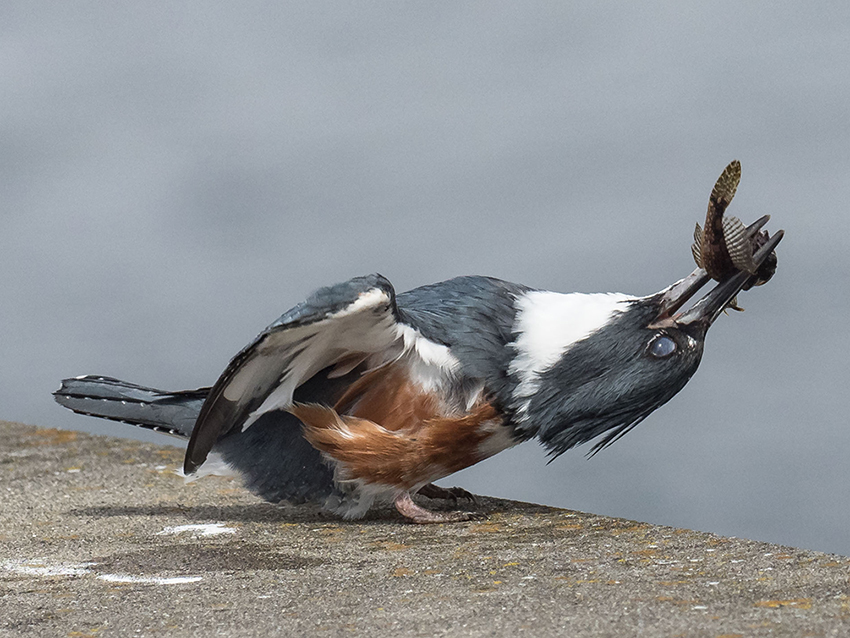
###
Listen to our show about the nictitating membrane — Nictitating Membranes, Nature's Goggles.
